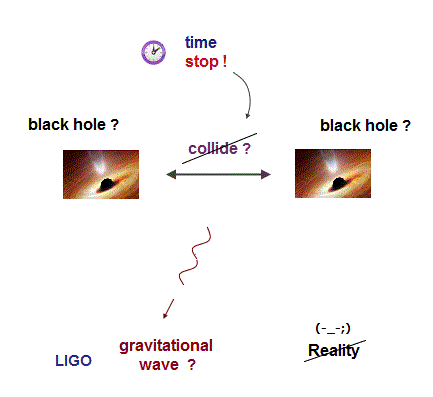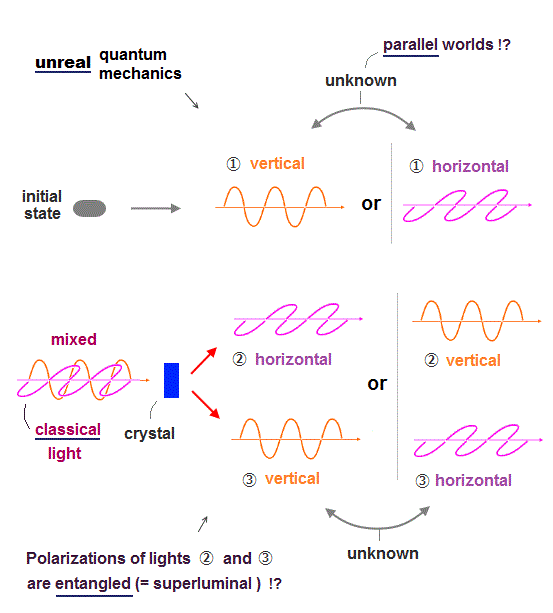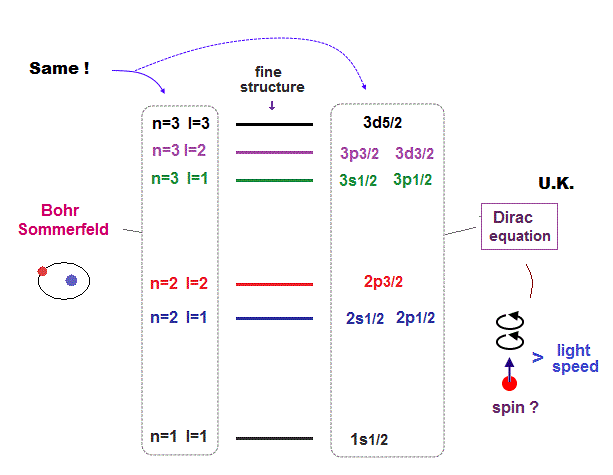
Home page
Quantum computer is useless forever
IBM-Moderna-quantum vaccine hype
(Fig.1) IBM-Cleveland clinic's just 4 ~ 10 qubits is useless, still Not a quantum computer (= one qubit can take only 0 or 1 value ).

The 3rd paragraph of this overhyped news (4/2/2025) says
"the team was able to demonstrate the capabilities of quantum machine learning (= which does Not mean a quantum computer ) by creating a model that was able to predict proton affinity more accurately than classical computing." ← wrong.
↑ This research paper ↓
p.1-abstract-last says "As a result, the hybrid model (= "hybrid" means "classical computer") outperformed its classical counterpart and achieved consistent performance comparable to (= did Not outperform ) traditional ML models.. set on both a noiseless simulator (= classical computer ) and real ( error-prone = noisy ) quantum hardware"
p.4-Figure 1 and p.5-Table 3 show their IBM-Cleveland quantum hardware consists of only 4 ~ 10 qubits (= one qubit can take only 0 or 1 value ), which is useless, still Not a quantum computer that will need millions of qubits.
p.5-Table 3-last says "All models were run on a noiseless simulator (= noiseless or errorless simulator is just a classical computer disguised as a quantum computer )"
↑ This-p.5-Table 4 shows IBM-Cleveland quantum computer hardware (= just 4 ~ 10 qubits, still Not a computer ) gave worse results with more errors (= MAE or mean absolute error = 3.63 in parenthesis in Hybrid QNN, MAE = 0 means best, errorless ) than the noiseless classical simulator (= MAE = 3.29 = less error than a quantum computer ).
↑ p.4-left, p.5-Table 4-Hybrid QNN Also in the coefficients of determination (= R2 = 1 is best, 0 is worst ), the quantum computer gave results worse (= R2 = 0.89 ) than a noiseless classical computer's simulator (= R2 = 0.94 ).
This-p.6-right-2nd-paragraph says "Current quantum computers are susceptible to noise from various sources, leading to unavoidable errors in quantum computations (= quantum computers alone are completely useless )... The hybrid model (= classical computer ) implemented on hardware yields a MAE of 3.63 kcal/mol, matching (= Not outperforming ) the performance of its classical NN counterpart (= actually, quantum computer worse than the classical computer's noiseless simulator )"
As a result, the overhyped media's quantum computing outperforming classical computers is fake, which just means a noiseless classical computer simulator outperforming today's error-prone quantum computers and some slow classical method (= Not outperforming classical computers ).
(Fig.2) Hype ! Today's quantum computers are useless, cannot predict proteins.

The 1st, 7th paragraphs of this hyped news (5/29/2024) say
"Researchers from Cleveland Clinic and IBM... that could (= just speculation ) lay the groundwork for applying quantum computing methods to protein structure prediction."
"The research team applied a mix of quantum and classical computing methods." ← This (deceptive) hybrid computer is just a classical computer.
↑ This research paper ↓
This p.14-left-3rd-paragraph says
"We tested steps 1−3 of this workflow on a small, but highly
relevant seven amino acid fragment" ← Just 7 amino acids, Not a protein
"the quantum algorithm executed on IBM_Cleveland and solved by VQE (= hybrid method, which is just a classical computer )"
p.15-Figure 11(a) shows this IBM quantum computer used only 9 qubits for dealing with 7 amino acids, which cannot achieve quantum advantage needing millions of qubits.
This same paper's p.16-right-2nd-paragraph mentions "using quantum algorithm from (ref) 149." ← this reference paper ↓
p.1-abstract-lower says "In addition,.. to simulate the folding of the 10 amino acid Angiotensin on 22 qubits. The same method is also successfully applied to the study of the folding of a 7 amino acid neuropeptide using 9 qubits (= one qubit takes only 0 or 1 value = still Not a computer ) on an IBM 20-qubit quantum computer"
p.3-right-middle says ". The 22-qubit Angiotensin system is still too large for encoding in state-of-the-art quantum hardware. To this end, we investigated the folding of a smaller 7 amino acid neuropeptide"
↑ So a classical computer called quantum simulator could calculate 22 qubits which cannot be executed by a quantum computer hardware. ← a classical computer (= quantum simulator ) outperforms IBM quantum computer despite media-hype.
(Fig.3) Classical computers outperform useless quantum computers.

Insider Brief and lower-Limitation of this hyped news (6/15/2025) say
"Researchers used a 36-qubit trapped-ion quantum computer and a specialized algorithm to solve protein folding problems involving up to 12 amino acids" ← false, because just 36 bitstring (= one qubit can take only 0 or 1 value = still Not a computer ) is unable to solve protein folding problem without the help of classical computers
"The system applied a non-variational quantum optimization method, BF-DCQO, to find optimal or near-optimal folding configurations for three peptides,"
"The folding models used were lattice-based and didn't account for full molecular dynamics or chemical environments (= so fictional simplified protein energy model was used ). Additionally, the post-processing step — which involves a classical algorithm to refine near-optimal quantum results" ← Errorless classical computers were necessary to reach the exact optimal answers in this error-prone useless quantum computers.
↑ This research paper about the above hyped quantum computer's protein ↓
p.5-Table I says "table compares the best solutions obtained from the QPU (= just 22 ~ 36 ion qubits = still Not a computer ) execution after 10 iterations (= repeated this until the error-prone quantum computer luckily obtained the right optimal solutions ), with and without post-processing (= conducted by classical computer to correct quantum computer's errors ), with the optimal values determined classically (= the optimal exact solutions were easily obtained by a classical computer )"
p.6-left-last says "We use Gurobi to obtain a classical reference solution "
p.6-right says "each iteration of BF-DCQO was run with 2000 shots across all instances. "
p.8-Fig.3 says " For those instances where optimal solutions were not reached after 10 BF-DCQO iterations, post-processing (= classical computer ) is applied on top of hardware results (gold)... Exact solution (black) is obtained using Gurobi (= classical computer )"
↑ So this research used only less than 36 qubits which often failed to get the exact (= optimal ) values that can easily obtained by a classical computer.
↑ Quantum computer is useless, No advantage.

Feel free to link to this site.